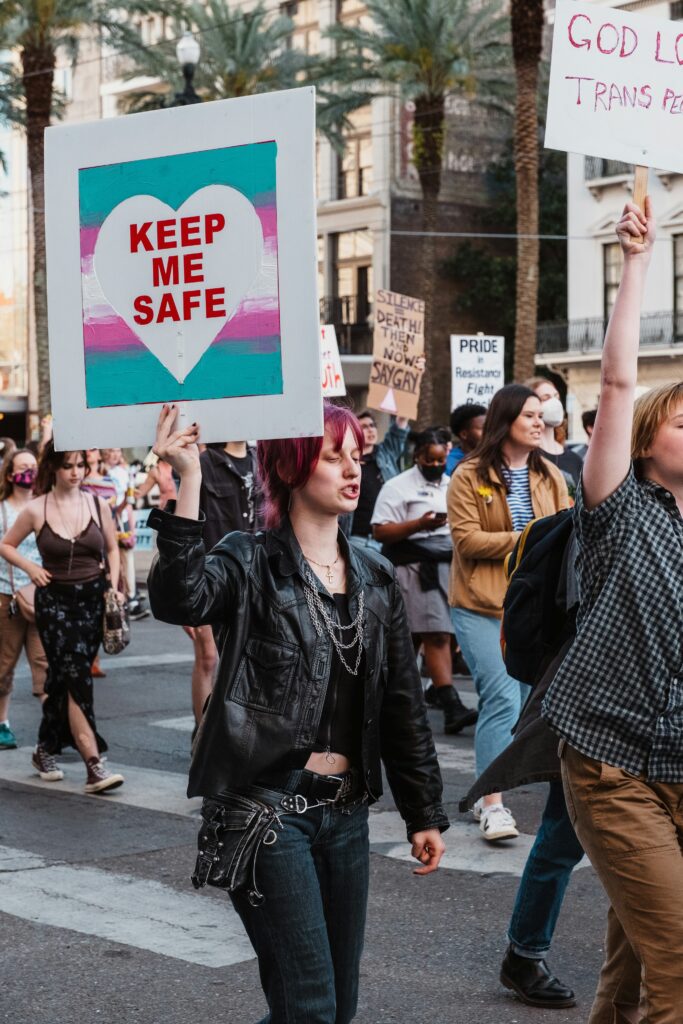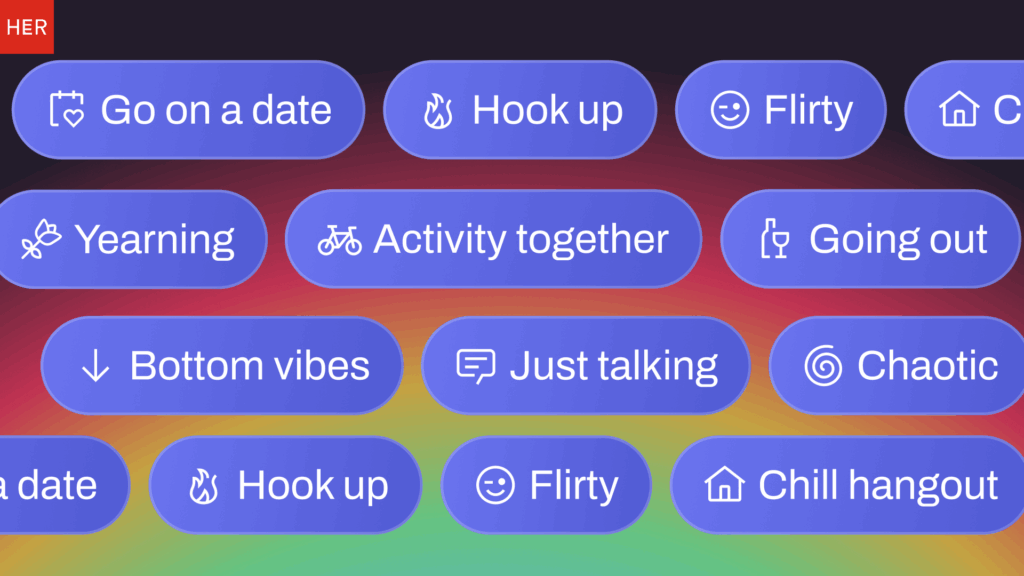How to Recognize Transphobia in Queer and Sapphic Spaces
Queer and sapphic spaces are meant to be inclusive, affirming, and safe for all LGBTQ+ people. However, transphobia can (and does) exist in these spaces- sometimes in obvious ways, but often in subtler, more insidious forms. If you’re cis, being a good ally means learning to recognize transphobia and actively working against it.
1. Gatekeeping Who “Belongs” in Sapphic Spaces
Some people believe that sapphic spaces should only include cis women, excluding trans women, nonbinary people, and even trans men who still feel connected to the community. This exclusionary mindset- often fueled by TERF (trans-exclusionary radical feminist) ideology- erases the identities of trans and nonbinary people and reinforces harmful ideas about gender.
👉 Check yourself: Are you making assumptions about who gets to “count” as sapphic? Do you speak up when you hear others policing identities?
2. Questioning or Invalidating Trans Identities
Comments like “but she used to be a man” or “I just don’t see them as a real lesbian” are transphobic, even if said with good intentions. Trans women are women. Nonbinary lesbians exist. Gender isn’t determined by assigned sex at birth, and dismissing someone’s identity invalidates their experience.
👉 Check yourself: Are you treating trans women, nonbinary people, and other gender-diverse individuals as fully valid members of the community?
3. Prioritizing Cis Experiences in Conversations About Queerness
Too often, discussions about sapphic identity center only on cisgender experiences. Trans and nonbinary people face unique challenges- including higher rates of discrimination, medical barriers, and social exclusion- even within LGBTQ+ spaces. When cis people dominate conversations, it can make trans community members feel unheard and invisible.
👉 Check yourself: Are you amplifying trans voices? Are you open to learning about struggles that don’t directly impact you?
4. Ignoring or Excusing Transphobia from Others
Transphobia in sapphic spaces isn’t always obvious. Sometimes, it shows up in microaggressions, exclusionary language, or “just asking questions” rhetoric that doubts trans identities. If cis people don’t call it out, trans folks are left to fend for themselves, often at great emotional and social cost.
👉 Check yourself: When you hear transphobic comments, do you challenge them? Or do you let them slide to avoid conflict?
5. Defining Lesbian Identity in Trans-Exclusionary Ways
Some people argue that being a lesbian means only being attracted to “biological women,” a phrase that denies the existence of trans lesbians. This rhetoric not only invalidates trans women but also reinforces harmful gender essentialism. A truly inclusive sapphic space recognizes that trans lesbians are lesbians, full stop.
👉 Check yourself: Are your definitions of lesbian identity inclusive? Are you willing to unlearn outdated ideas about gender and attraction?
Being a Better Ally Starts with You
Allyship isn’t just about accepting trans people- it’s about actively challenging transphobia when you see it. Listen to trans voices, educate yourself, and take responsibility for making sapphic spaces truly inclusive. Because when we say love is love, that means love for our whole community, not just the cis members of it.
What to Do If You See Transphobia in Queer and Sapphic Spaces
Recognizing transphobia is just the first step: calling it out and addressing it is where real allyship happens. Here’s how you can take action:
1. If someone questions a trans person’s identity
Them: “I just don’t see how a trans woman can be a lesbian.”
You: “That’s because we’ve been taught a narrow idea of gender and sexuality, but many lesbians- including trans women- have existed throughout history. You should check out perspectives from trans lesbians themselves.” (Then, you could recommend resources like books, articles, or social media accounts.)
2. If someone misgenders a trans person
Them: “Oh, I knew her before she transitioned, he was so different back then.”
You: “Actually, her name is [Correct Name] now, and she’s always been herself. Let’s make sure we’re respecting that.”
3. If someone says, “It’s just my preference” to exclude trans people
Them: “I’m just not into trans women, it’s a preference.”
You: “It’s totally fine to have personal attraction preferences, but it’s worth thinking about where they come from. If we’re conditioned to only see certain people as valid partners, that’s not just a ‘preference’—it’s a reflection of societal biases.”
4. If someone tries to exclude trans women from sapphic spaces
Them: “Lesbian spaces should be for women who were born female.”
You: “Lesbian spaces should be for all lesbians, including trans women. If we start gatekeeping who counts, we’re just recreating the exclusion that sapphic people have faced for so long.”
5. If someone deadnames a trans person
Them: “Well, I knew [deadname] before they transitioned, so that’s just how I remember them.”
You: “I get that change can take time, but respecting someone’s name is the bare minimum. Their name isn’t about your memory, it’s about who they are now. Using the right name shows basic respect and support.”
The key is to challenge the idea without escalating into a debate, especially in a group setting. A calm but firm response helps shut down harmful narratives while also nudging the person to rethink their biases.








